Description
One of the first, if not the first, “part-work” to deal with railways. Launched at 9d per copy in August 1911 (although some later issues carry paper stickers increasing the price to 1/-) It was also about the first time that a quality railway publication was within the reach of a prudent schoolboy, prepared to sacrifice sherbet dips, gobstoppers, “The Magnet” and “Chatterbox” for a couple of weeks.
Each issue included a colour frontispiece of the railway’s crest, a full page colour print of one of the company’s passenger carriages, and a stunning double page spread of a locomotive. In this case H. A. Ivatt’s “Atlantic” No251, It is likely that Douglas Earle Marsh, Loco Works Manager at Doncaster played a significant role in the design, because when he left to become the Loco supremo of the London Brighton & South Coast Railway, the GNR Directors sanctioned his taking of a set of drawings with him, which formed the basis of his own “Atlantic” design. No. 251 was certainly the “shock of the new” when seen by the public at King´s Cross for the first time. Until 1897 the main East Coast Expresses left the station behind one of Patrick Stirling’s “Singles”. With its huge high pitched boiler and wide Wooton firebox it dwarfed the single, a comparison well illustrated when a Single and an Atlantic, both in immaculate condition, were exhibited side by side at the Shepherd’s Bush exhibition in 1908. See plate opposite in this publication. Both locomotives were sent south, and maintained for the exhibition, by a young Doncaster apprentice, named Arthur Peppercorn…
Having committed to twelve issues, some of the smaller railways had to be combined into one issue. The Caledonian, Glasgow and South Western were published in one, the Great Central and Lancashire and Yorkshire shared an issue, as did the North British, the Highland and the Great North of Scotland. “Our Home Railways” was also published as a two volume set, but these, and two modern single volume reprints were less than satisfactory, in that for production reasons, the colour plates had to be “grouped” together, divorced from the text relating to their railways. One of the modern reprints even produced the colour plates in black & white… The original part work issues are worth having for the equality of colour plates alone!
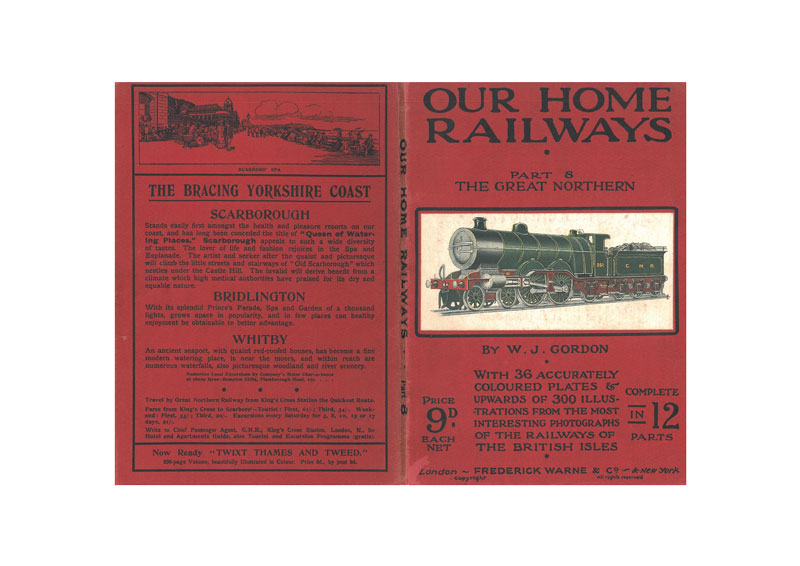


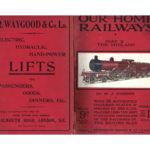
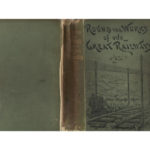
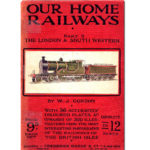
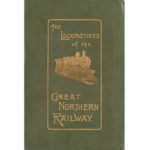




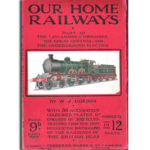
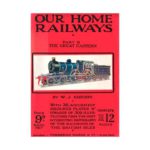
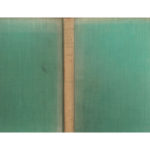

Reviews
There are no reviews yet.